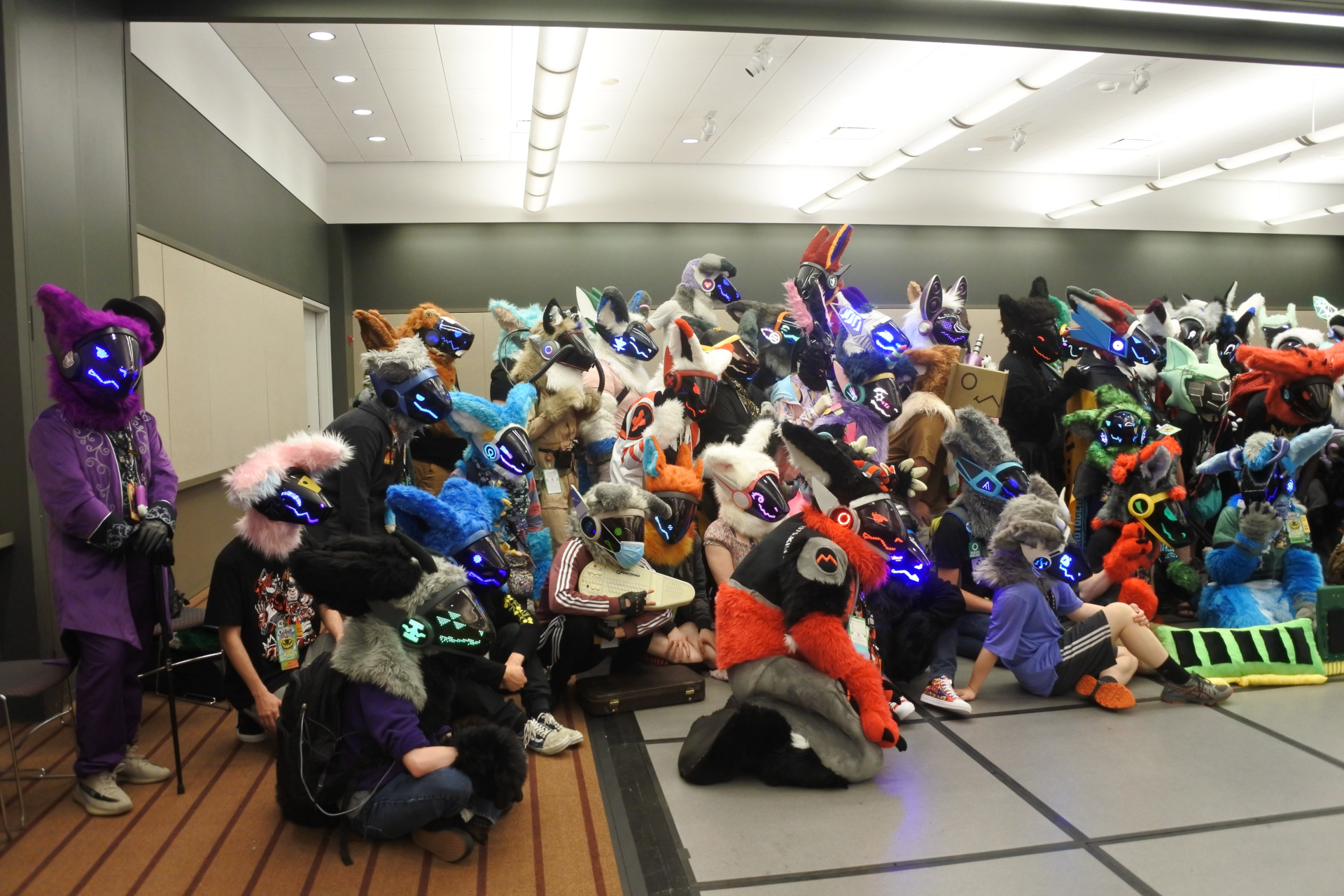Coming to terms with the fact that all the hyperconsevative puritanical bullshit happening nowadays is having an affect on me. I feel guilty for enjoying things and the cop in my head is saying I shouldn’t be doing them.
SavvyWolf
Hello there!
I’m also @savvywolf@furry.engineer , and I have a website at https://www.savagewolf.org .
He/They
- 48 Posts
- 1.23K Comments

 1·5 hours ago
1·5 hours agoIf you’re currently running on LMDE and are enjoying it, why not just switch to the “vanilla” non-debian Mint? It should be similar enough to what you’re used to, but with more up to date software.
The problem is checking for malware: It’s very hard to do that and a lot of malware has evolved attempts to avoid detection.
If you’re itching to test Orion for Linux, you’ll have to wait. No public builds are available yet, and when testing versions do arrive, they’ll initially be restricted to paid Orion+ and Kagi subscribers.
If reading this has you itching to try it out, you’ll have to wait. No public builds of Orion’s Linux port are available for testing, and when available, the plan is to only give paid Orion+ and Kagi subscribers first dibs – crushing, but there is a reason for it.
Seems they didn’t give it a proofread before publishing. :p
I’ve been repeatedly told that I shouldn’t be anxious about things because “they don’t affect me directly”. And of course, this lead to me being called “privileged” by that same person…

 231·3 days ago
231·3 days agoCrazy how realistic AI is becoming.

 2·3 days ago
2·3 days agoWho would win: An all powerful omniscient diety or an apple that makes you feel nakey?
god i wish that was me

 10·3 days ago
10·3 days agoIf this is an ad for your own game, care to discuss the accusations here:
https://steamcommunity.com/id/sharpie360/recommended/3054440/
I played the demo for this game back during the steam demo fest and was happy to follow the development and play the early access release. Unfortunately, I saw that this game was released into 1.0 and not into early access for further development. Whats even better is that I was BANNED from the community hub for asking about this and subsequently asked why my first question was removed. So that basically killed 99% of my good will.

 3·3 days ago
3·3 days agoWasn’t that when Whatwg took over the spec?

 171·4 days ago
171·4 days agoSo the narrative is that Rust somehow, through being released only through one distro, is going to use that influence to force incompatible changes into other codebases. Despite the fact that any change to shell scripts that isn’t posix compatible brings opinionated people out the woodwork. And then they’re going to pivot to releasing a proprietary version of coreutils that somehow has killer features that the open source version lacks despite coreutils being 30 years old.
Also the guy pushing for it once worked for a government so that means he can’t be trusted ever again.
It’s just a fucking bunch of programs that act as thin wrappers around C functions. There’s nothing novel that needs protecting or is hard to implement.

 87·4 days ago
87·4 days agoAs I understand it, Steam has a report feature on their store page for reporting games. Presumably that goes to a person that looks at it.
I think to upload games to Steam you also need to prove your identity. Which means if you do upload malware, then it’s easy to track you down.
Of course, that takes time and things can slip through the cracks. Steam games are still full programs that run on your computer and can do anything a regular program can do, there’s no sandboxing.
Treat them like you would apps on the Google Play store; assume that they’re mostly safe but also give additional scrutiny to ones with low review counts or AI generated images.
Is it likely? No. Is it possible? Yes.
If you want to make absolutely sure that Windows can’t spy on anything, you’ll need to physically remove the storage device containing Linux when booting.
A more practical but slightly less secure approach is to enable full disk encryption on Linux. Then, if Windows does decide to get sneaky it’ll only see random data.
This doesn’t prevent hostile code such as ransomware from destroying the data though. For that, you need to have good backup hygene.
A good backup system is to have automatic daily backups to some online cloud storage provider, and weekly or monthly backups to a physical device you keep disconnected and safe.
“Afterlife” is an ambiguous term with no real consensus on it’s definition. To approach it scientifically, you need to define it in such a way that it can be measured.
Once you’ve done that, you have something that you can reason with and test. Then you can search the literature for whether it is true or false.
So yeah, the first step to proving whether the afterlife exists or not is to give a definition of the afterlife.

 231·9 days ago
231·9 days agoI’ve been using NixOS on my server. Having all the server’s config in one place gives me peace of mind that the server is running exactly what I tell it to and I can rebuild it from scratch in an afternoon.
I don’t use it on my personal machine because the lack of fhs feels like it’d be a problem, but when selfhosting most things are popular enough to have a module already.
People say that AI generated art displays a lack of talent, but I think that’s not exactly true.
This technology steals the work of artists, funnels money into the hands of dictators and megacorps, poisons towns populated by minorities and sets the planet on fire. Defending all of that requires a level of talent in lacking empathy that’s almost admirable.
Some people find the obliviousness cute, right?
Right?

 10·10 days ago
10·10 days ago“Hey kid, hold still while we throw some fake money on you and take a photo. It’s for marketing.”
Got curious about this.
One notable difference between X11 and W3C is the case of “Gray” and its variants. In HTML, “Gray” is specifically reserved for the 128 triplet (50% gray) . However, in X11, “gray” was assigned to the 190 triplet (74.5%) , which is close to W3C “Silver” at 192 (75.3%) , and had “Light Gray” at 211 (83%) and “Dark Gray” at 169 (66%) counterparts. As a result, the combined CSS 3.0 color list that prevails on the web today produces “Dark Gray” as a significantly lighter tone than plain “Gray” , because “Dark Gray” was descended from X11 – for it did not exist in HTML nor CSS level 1[8] – while “Gray” was descended from HTML.






















It’s quite technical, but enabling ssh has made it much easier to transfer files over.